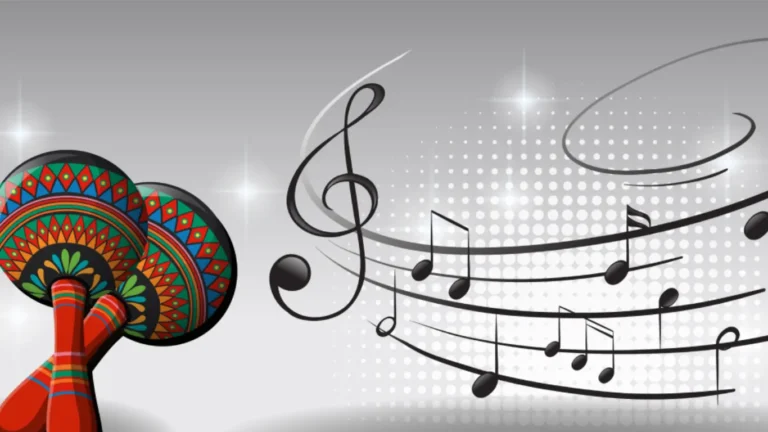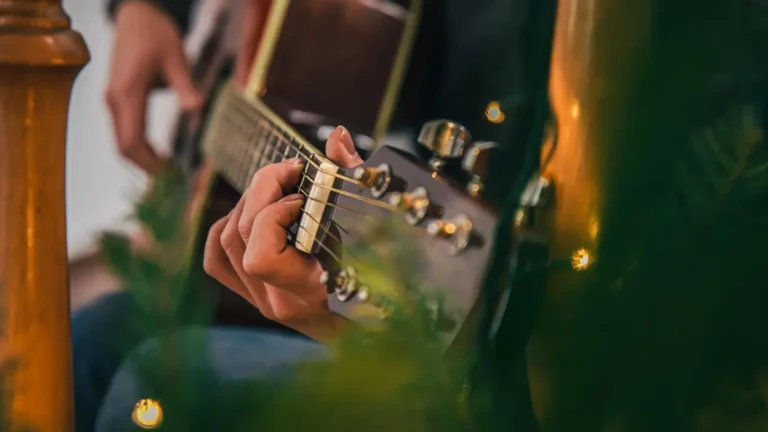Brief Overview Of Classical Persian Setar Music
Setar is a classic Persian stringed instrument that has played an important role in Persian music for ages. Its origin is uncertain. However, it is thought to have been developed in Iran during the 18th century. The word “Setar” means “three strings” in Persian and is named after the number of strings it usually has.
It eventually became a four-stringed instrument. Setar was initially employed as an accompaniment to vocal music, but it ultimately gained appeal as a solo instrument. This instrument gained international recognition during the twentieth century and is essential to Iranian culture and music today.
Setar Instrument: How It’s Made
Experienced artisans traditionally craft Setar from a variety of materials. The instrument’s body is usually fashioned of a hollowed-out gourd covered with a thin layer of wood. The Setar’s neck is composed of hardwood, such as walnut, rosewood, or ebony, and it is hollowed out to produce a resonant chamber.
Craftsmen construct the frets of gut or nylon and connect them to the Setar’s neck. Makers create the instrument’s strings from silk or nylon and link them to the tailpiece at the bottom before looping them around the pegs on the top of the neck.
The Setar instrument is noted for its delicate and nuanced sound, and the peculiar materials used in its construction contribute significantly to its characteristic tone. Each Setar is handmade and unique, showcasing the maker’s expertise and craftsmanship.
Features of Setar Musical Instrument
Setar denotes three strings, but it is now available with four strings. It contains two steel and two brass wires. This Persian musical instrument’s keyboard has 25-26 frets.
Mulberry wood is used to make the setar, which is 85 cm long, 20 cm wide, and has a 15 cm deep bowl. People who are Sufis in Iran usually carry and play the setar, a sensitive singing instrument.
Setar is 100% wood with no sheepskin membrane. It is played directly with the nails, particularly the index finger, and does not require a plectrum.
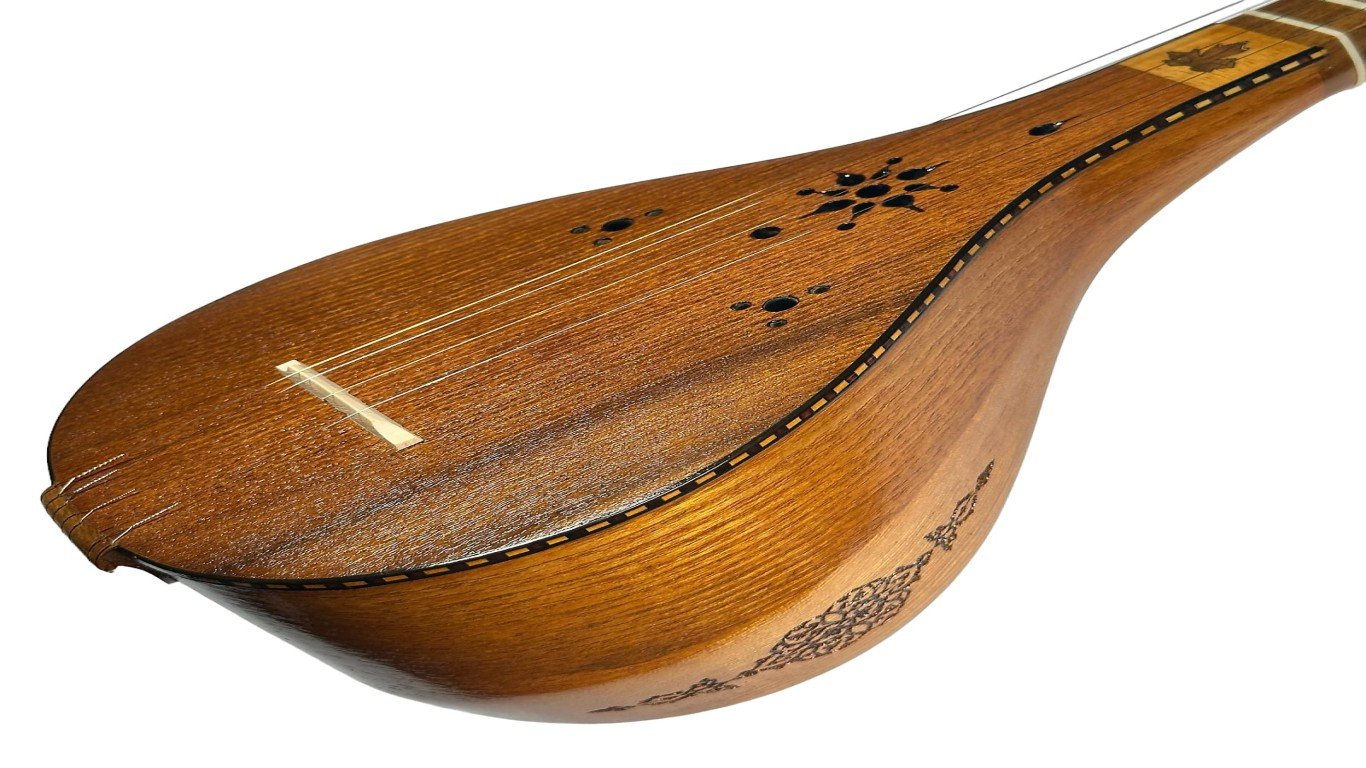
How To Learn Setar Lesson?
Playing Persian instruments like the Setar demands dedication, patience, and skilled instruction. This comprehensive book will examine important advice and insights from seasoned Persian instrument players to help aspiring musicians begin their musical journey.
1. Understanding the Setar
Before playing the Setar, you must learn its anatomy and tune. The Setar has three strings and a pear-shaped body. The tuning varies, often based on Persian classical music ideas. Familiarise yourself with the strings and accompanying notes to establish a solid study basis.
2. Seek Professional Instruction
Professional training is one of the most effective ways to learn the Setar. Enrol in classes or seek private tuition from expert Setar players. Their assistance will not only help you learn the technical aspects, but it will also provide insights into Persian music’s rich cultural legacy and complexities.
3. Consistent Practice
Mastering the Setar, like any other musical instrument, requires constant practice. Set aside time every day to practice scales, exercises, and pieces. This will improve your finger dexterity, rhythm, and ear training. Regular practice will progressively improve your abilities and develop your relationship to the instrument.
4. Cultivate Patience and Perseverance
Learning the Setar is a journey full of obstacles and breakthroughs. Patience and endurance are essential in this process. Celebrate your accomplishments, no matter how tiny, and stick to your musical goals. Remember that mastering takes time and effort, so stay motivated and focused on your goals.
5. Discover Different Styles And Repertoire
The Setar provides various playing styles and repertoire, including classical, folk, and modern music. Expand your musical horizons by exploring new genres and works. Experiment with improvisation and composition to find your distinct musical voice. The Setar’s adaptability opens up unlimited creative options.
6. Form A Musical Community
Joining a musical community or band can dramatically improve your learning experience. Collaborating with other musicians provides opportunities for ensemble playing, performance, and mutual support. Participate in jam sessions, workshops, and performances to immerse yourself in the dynamic world of Setar music and meet others who share your interests.
7. Listen, Learn, and Adapt
Listening to recordings of great Setar players is an invaluable learning resource. Study their technique, phrasing, and interpretation to acquire insight into Setar’s artistry. Emulate their style while establishing your method. Stay receptive to feedback and use self-reflection and adaptability to improve your playing continuously.
Learning to play the Setar is a gratifying experience that provides both musical and cultural benefits. Following this professional advice and embodying the spirit of exploration and dedication, aspiring musicians can begin a joyful musical journey with the Setar as their guide.
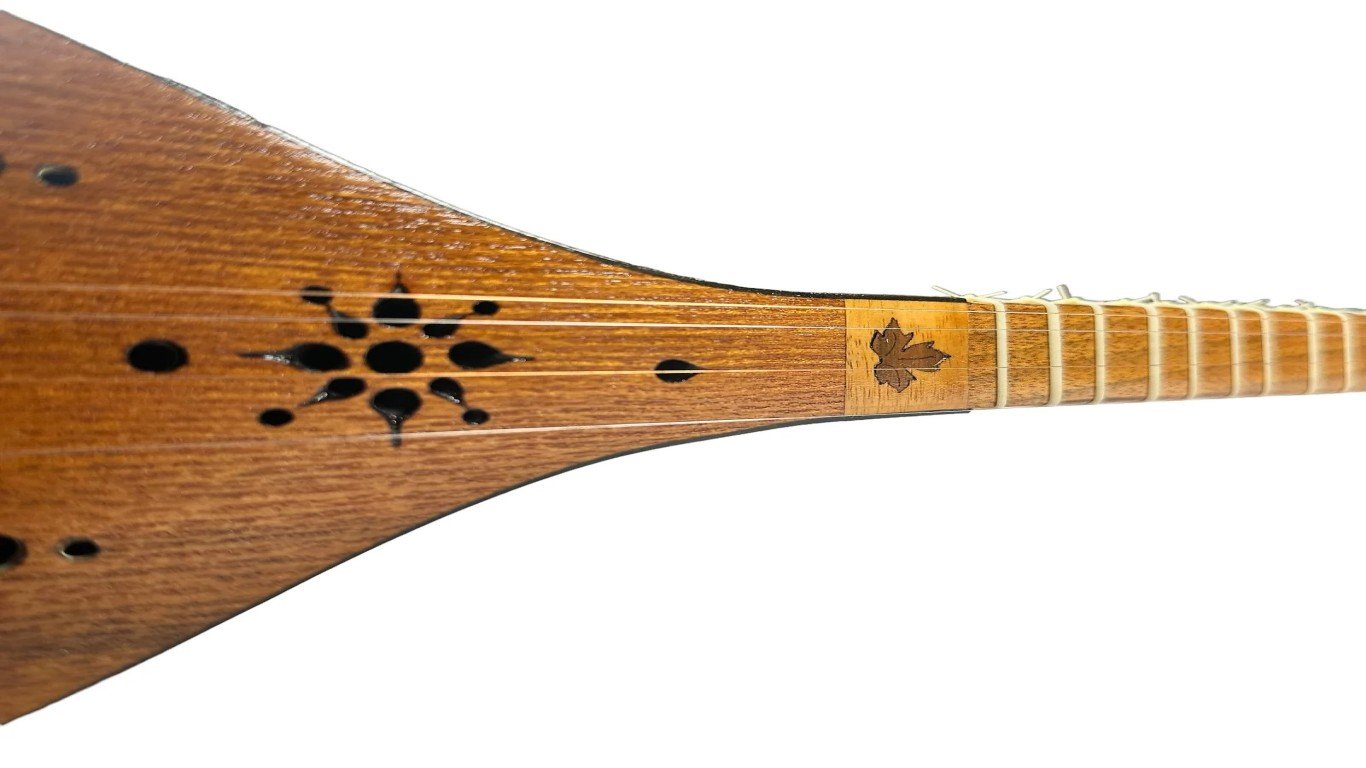
What Is the Setar Price in Canada?
For C$393, there is an advertisement for a handmade Middle Eastern Setar with 25 frets and a walnut wood grip. Its mulberry wood resonating box features a distinctive carving on the back, and it is said to produce a lovely, delicate tone that blends very nicely with other instruments.
Final Thought
People worldwide are still enchanted by classical Persian setar music, and Padideh Ahrarnejad‘s skill on the setar is proof of that. The soulful melodies of the setar are sure to leave an impression on anyone, whether they are a fan or new to Persian music. Come experience the enchanting world of classical Persian Setar North York and be a part of a cultural journey like no other.
Experience the magic of the Setar instrument with Navasaz Academy – Join us today!
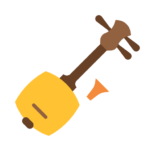 String Instr
String Instr Percussion Instr
Percussion Instr Wind Instr
Wind Instr Keyboard Instr
Keyboard Instr Tools
Tools Books
Books